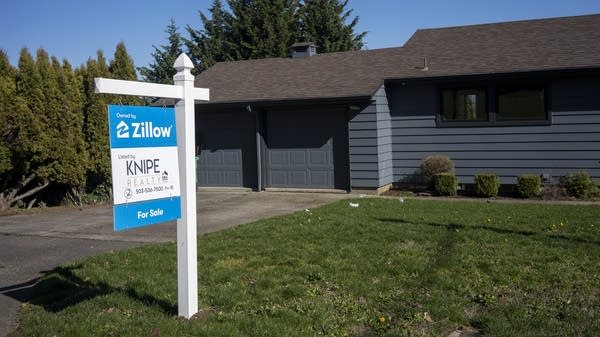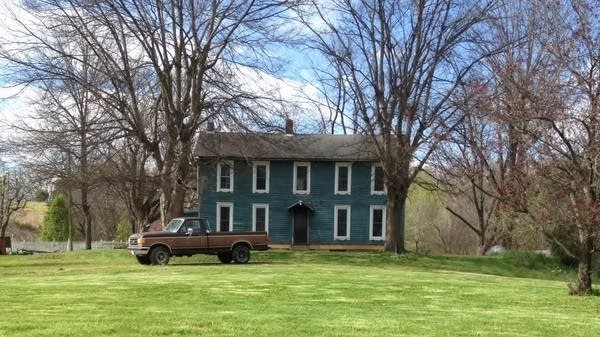Spring is typically a busy time for home sales as the weather warms up and families prepare to move before a new school year. But the season has started out sluggish, as would-be buyers face higher mortgage interest rates and elevated prices.
The National Association of Realtors said Thursday that sales of existing homes fell 2% in April compared to a year ago. Meanwhile, the supply of homes for sale rose more than 20%, to the highest level in nearly five years.
“There’s a lot more to choose from,” said Dee Ciancio, a broker in Denver, Colorado, where listings are up almost 20% annually.
Price growth has also slowed down in the Denver-Aurora-Lakewood market, she said, to about 1%, compared to an average 6.5% average over the past 30 years.
“The fact that (prices have) only increased 1% from this time last year is a significant slowdown for the Denver metro area,” Ciancio said.
Of course that 1% is after double-digit price increases during the pandemic, when interest rates were low and demand to move was high. Today the average interest rate on a 30-year loan is close to 7%. At these prices, a lot of would-be buyers just can’t afford that monthly payment.
Nationally, the NAR said, the median existing-home sales price rose 1.8% to $414,000, the highest ever for April and the 22nd consecutive month of annual increases.
But as sales slow and the supply of homes for sale grows, prices have started to fall in some regions.
“What this means is that we're shifting from a market that was very much a seller's market coming out of the pandemic into something that's a little more balanced,” said Jake Krimmel, senior economist at Realtor.com, whose data shows inventory is up about 30% nationally, compared to a year ago.
Krimmel chalked up the higher inventory to another factor. For the past few years, homeowners who borrowed or refinanced when interest rates were low have been reluctant to move and pay today’s much higher rates for a new loan. But Krimmel said that mortgage “lock-in” effect has faded somewhat over time.
“Life happens,” he said. “Eventually people, because of new jobs, kids, things like that, folks eventually have to go and search for a home.”
There are some big regional differences, he said. A pandemic-era building boom in states like Texas and Florida has increased the housing supply in the Sunbelt.
“Meanwhile, the Northeast is still seeing really sort of tight supply, lower inventory and faster sales,” Krimmel said. “So there is definitely a divergence in what's going on in the data and also in the experiences of buyers in these two different types of places.”
In Bloomington, Indiana, broker Juan Carlos Carrasquel said the market has been pretty flat for about a year.
“I think it's cost of living in general,” he said.
Not only are prices higher, but that has pushed up property taxes, he said, “and we also have experienced, nationwide, an increase in insurance costs, so just cost of ownership has increased.”
A cloud of uncertainty about where the economy is headed is also weighing on would-be buyers.
Where the market goes from here, Carrasquel said, hinges on interest rates. When they dipped closer to 6% for a brief moment back in the fall, sales picked up.
“That’s a very clear example of how rates made a difference, for people to say, ‘OK let’s do it now, because the rates are a little bit lower,’” he said.
Where interest rates are going is anyone’s guess. See above regarding economic uncertainty.














